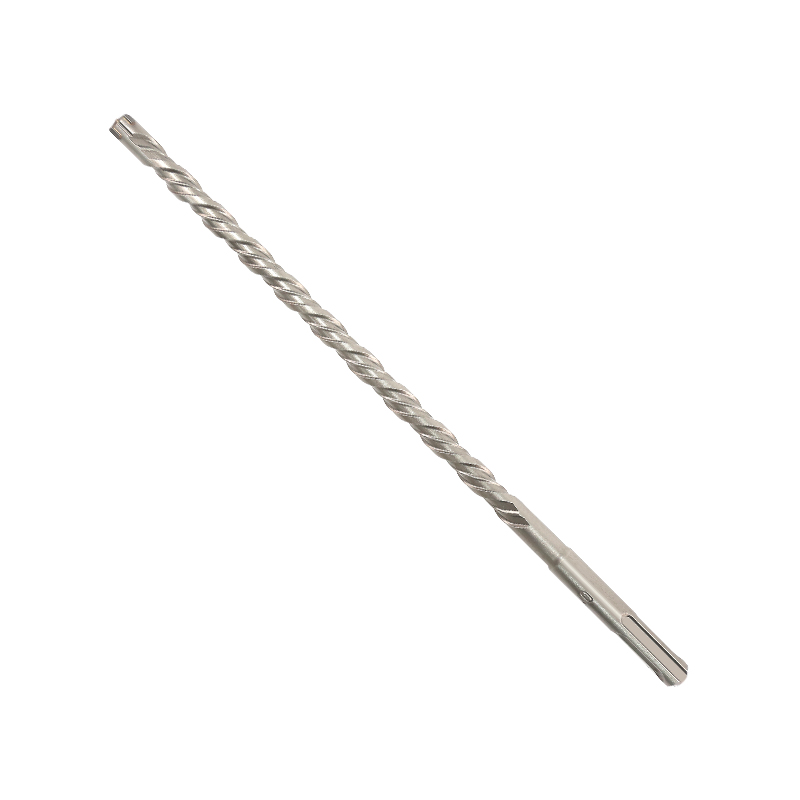2025-10-03
Choosing the right drill bit for construction or renovation work is crucial for both efficiency and safety. A SDS Plus Hammer Drill is designed for high-performance drilling into concrete, masonry, and stone, offering rapid impact and torque. However, questions often arise regarding its compatibility with standard three-slot (tri-slot) drill bits commonly used in older rotary hammer systems. Understanding this compatibility helps users avoid operational inefficiencies, potential equipment damage, and costly downtime.

Design Differences Between SDS Plus and Three-Slot Systems
The SDS Plus system is engineered for ease of use and enhanced performance. Its shank design allows quick insertion and secure locking of bits without the need for a chuck, improving impact transfer and stability during drilling. In contrast, standard three-slot drill bits rely on a more traditional cylindrical or slotted shank that engages through a keyed or keyless chuck. This structural difference can affect whether a drill bit can fit, rotate effectively, and sustain the impact forces delivered by an SDS Plus tool.
Direct Compatibility Limitations
Generally, SDS Plus hammer drills are not directly compatible with standard three-slot bits without an adapter. The bit shank profiles differ, and forcing a tri-slot bit into an SDS chuck can cause poor engagement, slippage, and uneven drilling. Attempting this can also increase wear on both the bit and the hammer drill, potentially causing damage over time. Users must understand that proper matching of drill bit type and system is essential to maintain suitable performance and tool longevity.
Adapter Solutions for Cross-Compatibility
To bridge the gap between SDS Plus tools and tri-slot bits, manufacturers offer adapters. These adapters allow standard three-slot drill bits to fit securely in the SDS Plus chuck while maintaining proper rotation and torque transfer. While this solution provides flexibility, it may slightly reduce impact efficiency compared to using native SDS Plus bits. Nevertheless, adapters are a practical option when specific tri-slot bits are required for specialized tasks, ensuring that existing bit inventories remain usable.
Impact on Performance and Efficiency
Using a compatible SDS Plus drill bit ensures suitable impact energy transfer, reducing drilling time and effort. In contrast, tri-slot bits used with adapters may experience minor energy loss due to imperfect engagement, especially in demanding applications such as reinforced concrete or thick masonry. Selecting the correct bit type for the material and tool system ensures consistent hole quality, prevents premature wear, and improves the lifespan of both drill and bit.
Practical Considerations for Users
For professional and DIY users, understanding compatibility is key to project planning. Investing in SDS Plus-specific bits ensures that the hammer drill operates at its designed efficiency and durability. When older three-slot bits must be used, adapters provide a feasible alternative, but operators should be aware of potential limitations in performance and drilling speed. Proper maintenance, including regular inspection of adapters and bit shanks, is recommended to prevent accidental damage or slippage.
Matching Bits to Drill Systems for Results
Compatibility between SDS Plus Hammer Drill and standard three-slot drill bits is limited without adapters due to differences in shank design and engagement mechanisms. While adapters enable some level of cross-compatibility, efficient and reliable performance is achieved using SDS Plus-specific bits. By understanding these differences, users can make informed decisions that protect their tools, maintain drilling efficiency, and ensure high-quality results for a variety of construction and renovation applications. Proper matching of drill system and bit type is therefore essential for safe, effective, and long-lasting drilling operations.